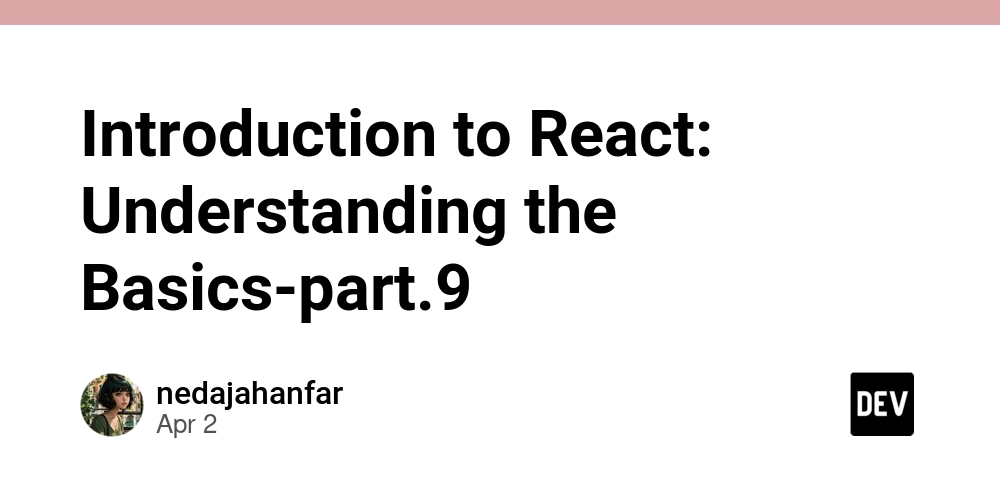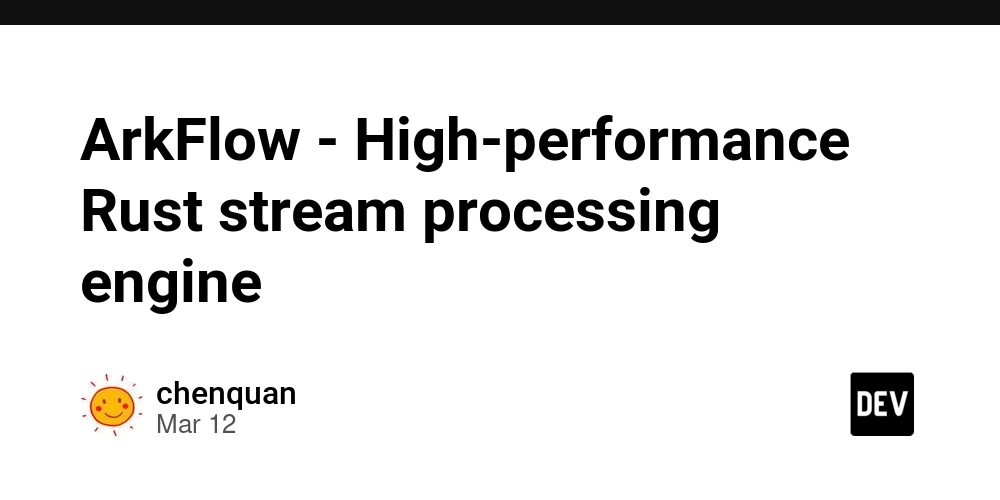I Compared OpenAI Agents SDK, LangGraph, AutoGen, and CrewAI—Here’s What I Found!
AI agents are no longer just a buzzword—they're the hottest trend of 2025! Everyone on Twitter, Reddit, and LinkedIn is talking about them, and new tools seem to emerge every week. With so many options, it’s easy to feel overwhelmed. The recent launch of OpenAI's Agents SDK has added another compelling choice to this ecosystem. But does it truly stand out? In this blog, I’ll break down the OpenAI Agents SDK and compare it with LangGraph, CrewAI, and AutoGen—helping you choose the best framework for your needs. So, let’s begin! TL; DR: Key Takeaways OpenAI Agents SDK offers a lightweight, production-ready framework with minimal abstractions, making it accessible for developers new to agent development. I was able to build an agent in just 10 minutes of code tinkering. It has three core primitives: Agents, Handoffs, and Guardrails, providing a balance between simplicity and power. Agent SDK excels in tracing and visualization capabilities, making debugging and monitoring agent workflows straightforward. Lang Graph offers superior state management and graph-based workflows, ideal for complex, cyclical agent interactions and production, but have a steeper learning curve Crew AI provides the most intuitive approach to role-based multi-agent systems. Its only good for crew-based architecture and still worked on deployment and scalability. Auto Gen offers strong support for diverse conversation patterns and agent topologies. Learning curve is medium and docs are not so clear. Your choice should depend on your specific use case: Open AI Agents SDK - simplicity and production, Lang Graph - complex workflows, Crew AI - intuitive multi-agent crew-based systems, Auto Gen - flexible conversation patterns. Deep Dive into OpenAI Agents SDK OpenAI's Agents SDK is a lightweight yet powerful framework for building agentic AI applications It simplifies the creation of multi-agent systems by providing primitives such as: Agents: LLM’s equipped with Instructions & Tools. Handoffs: Allows delegating a specific task to another agent. Suitable for multi-agent settings. Guardrails: Safety nets are used to validate inputs to agents. Talk about security. Designed for flexibility and scalability, the SDK allows developers to orchestrate workflows, integrate tools, and debug processes seamlessly. One of the standout points is OpenAI Agent SDK don’t have a steep learning curve and allows building complex system or task automation a breeze. Open AI The SDK has two driving design principles: Enough features to be worth using, but few enough primitives to make it quick to learn. Works great out of the box, but you can customize exactly what happens. Let’s explore how simple it is to get started by creating a hello world program - Haiku on Python! Haiku On Python - hello world program!

AI agents are no longer just a buzzword—they're the hottest trend of 2025! Everyone on Twitter, Reddit, and LinkedIn is talking about them, and new tools seem to emerge every week. With so many options, it’s easy to feel overwhelmed.
The recent launch of OpenAI's Agents SDK has added another compelling choice to this ecosystem. But does it truly stand out?
In this blog, I’ll break down the OpenAI Agents SDK and compare it with LangGraph, CrewAI, and AutoGen—helping you choose the best framework for your needs.
So, let’s begin!
TL; DR: Key Takeaways
- OpenAI Agents SDK offers a lightweight, production-ready framework with minimal abstractions, making it accessible for developers new to agent development. I was able to build an agent in just 10 minutes of code tinkering.
- It has three core primitives: Agents, Handoffs, and Guardrails, providing a balance between simplicity and power.
- Agent SDK excels in tracing and visualization capabilities, making debugging and monitoring agent workflows straightforward.
- Lang Graph offers superior state management and graph-based workflows, ideal for complex, cyclical agent interactions and production, but have a steeper learning curve
- Crew AI provides the most intuitive approach to role-based multi-agent systems. Its only good for crew-based architecture and still worked on deployment and scalability.
- Auto Gen offers strong support for diverse conversation patterns and agent topologies. Learning curve is medium and docs are not so clear.
- Your choice should depend on your specific use case:
- Open AI Agents SDK - simplicity and production,
- Lang Graph - complex workflows,
- Crew AI - intuitive multi-agent crew-based systems,
- Auto Gen - flexible conversation patterns.
Deep Dive into OpenAI Agents SDK
OpenAI's Agents SDK is a lightweight yet powerful framework for building agentic AI applications
It simplifies the creation of multi-agent systems by providing primitives such as:
- Agents: LLM’s equipped with Instructions & Tools.
- Handoffs: Allows delegating a specific task to another agent. Suitable for multi-agent settings.
- Guardrails: Safety nets are used to validate inputs to agents. Talk about security.
Designed for flexibility and scalability, the SDK allows developers to orchestrate workflows, integrate tools, and debug processes seamlessly.
One of the standout points is OpenAI Agent SDK don’t have a steep learning curve and allows building complex system or task automation a breeze.
Open AI
The SDK has two driving design principles:
- Enough features to be worth using, but few enough primitives to make it quick to learn.
- Works great out of the box, but you can customize exactly what happens.
Let’s explore how simple it is to get started by creating a hello world program - Haiku on Python!
Haiku On Python - hello world program!












































































































































































![[The AI Show Episode 142]: ChatGPT’s New Image Generator, Studio Ghibli Craze and Backlash, Gemini 2.5, OpenAI Academy, 4o Updates, Vibe Marketing & xAI Acquires X](https://www.marketingaiinstitute.com/hubfs/ep%20142%20cover.png)



























































































































![[DEALS] The Premium Learn to Code Certification Bundle (97% off) & Other Deals Up To 98% Off – Offers End Soon!](https://www.javacodegeeks.com/wp-content/uploads/2012/12/jcg-logo.jpg)


![From drop-out to software architect with Jason Lengstorf [Podcast #167]](https://cdn.hashnode.com/res/hashnode/image/upload/v1743796461357/f3d19cd7-e6f5-4d7c-8bfc-eb974bc8da68.png?#)








































































































.png?#)

































_Christophe_Coat_Alamy.jpg?#)
 (1).webp?#)





































































































![Apple Considers Delaying Smart Home Hub Until 2026 [Gurman]](https://www.iclarified.com/images/news/96946/96946/96946-640.jpg)
![iPhone 17 Pro Won't Feature Two-Toned Back [Gurman]](https://www.iclarified.com/images/news/96944/96944/96944-640.jpg)
![Tariffs Threaten Apple's $999 iPhone Price Point in the U.S. [Gurman]](https://www.iclarified.com/images/news/96943/96943/96943-640.jpg)




































































































































